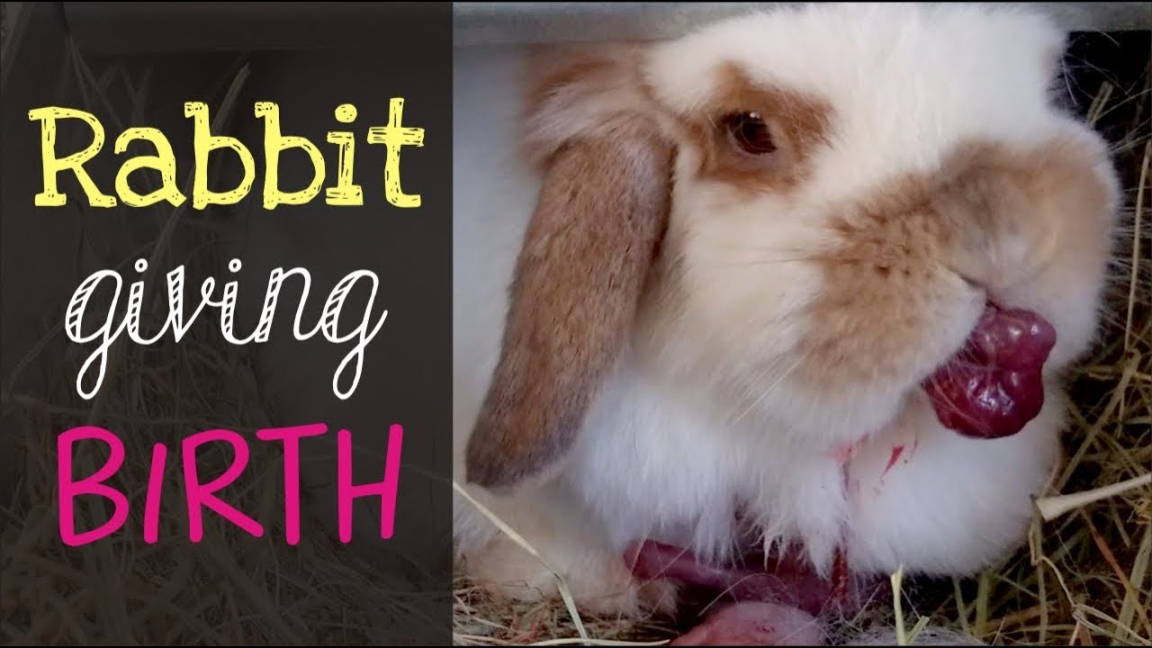How Do Rabbits Give Birth?
Rabbits are known for their ability to reproduce rapidly, and understanding how they give birth is crucial for those who own rabbits or have an interest in their reproductive processes. The process of giving birth to baby rabbits, or kits as they are commonly called, is fascinating and unique. In this article, we will explore the various stages of rabbit birth and answer some frequently asked questions about this topic.

The Stages of Rabbit Birth
1. Gestation Period:
The gestation period for rabbits lasts between 28 and 31 days. Unlike some other mammals, rabbits do not show obvious physical signs of pregnancy. It is important to note that during this period, the female rabbit, also known as a doe, may exhibit nesting behavior by pulling out her fur to create a warm and comfortable environment for her kits.
2. Labour:
When the time for birth approaches, the doe will typically become restless and may exhibit signs of discomfort. She may dig or scratch at the ground to create a suitable nest for her kits. It is important to provide a nesting box or hiding spot in the doe’s enclosure to ensure a safe and secure place for her to give birth.
3. Delivery:
During delivery, the process can be intense, and the doe may be quite vocal. Contractions will begin, and she will start pushing out the kits. It is important to note that the doe may eat the placenta after each kit is born, as this is a natural instinct that helps keep the nest clean and reduces the risk of attracting predators.
4. Number of Kits:
Rabbits typically give birth to a litter of kits rather than an individual. The number of kits per litter can vary greatly, with an average litter size ranging from 4 to 12 kits. However, some breeds of rabbits may have smaller or larger litter. It is important to be prepared for the possibility of a larger litter, as the doe may need extra support in caring for her kits.
5. Care for the Kits:
After giving birth, the doe will generally clean and nurse her kits. It is crucial to provide a quiet and disturbance-free environment during this time to ensure that the doe can bond with her kits and provide them with the necessary care. Kits are born hairless and with their eyes closed. They rely on their mother’s milk for nourishment and will start opening their eyes after about 10 days.
Frequently Asked Questions (FAQs)
1. How long does it take for a rabbit to give birth?
Rabbits have a relatively short gestation period, typically lasting between 28 and 31 days. This means that the entire process, from conception to birth, can occur within a month. However, it is important to note that the exact duration may vary slightly between individuals.
2. Do rabbits need assistance during birth?
In most cases, rabbits do not require assistance during the birthing process. However, it is essential to provide a suitable nesting box or hiding spot for the doe so that she feels secure while giving birth. It is best to observe from a distance and only intervene if absolutely necessary or if there are any complications.
3. How many kits do rabbits usually have?
The number of kits per litter can vary greatly depending on the breed and individual rabbit. On average, a litter can consist of 4 to 12 kits. However, it is not uncommon for some breeds to have smaller or larger litters. It is crucial to be prepared for the possibility of a larger litter and provide adequate support to the doe.
4. How soon can rabbits breed again after giving birth?
Rabbits are known for their reproductive capabilities and can become pregnant soon after giving birth. However, it is generally recommended to allow the doe some time to recover before breeding again. It is best to wait for at least a month or two to ensure the doe’s health and well-being.
Understanding the process of how rabbits give birth is essential for anyone who owns rabbits or has an interest in these fascinating animals. The stages of rabbit birth, from the gestation period to delivery and caring for the kits, are unique and impressive. By providing a suitable environment and appropriate support, rabbit owners can ensure a safe and successful birthing experience for their does and their adorable kits.
Related Articles…
Copyright Notice:
All images featured on this site are sourced from the internet, copyrights belong to respective owners. Should you own any image and require it to be removed, please contact us.